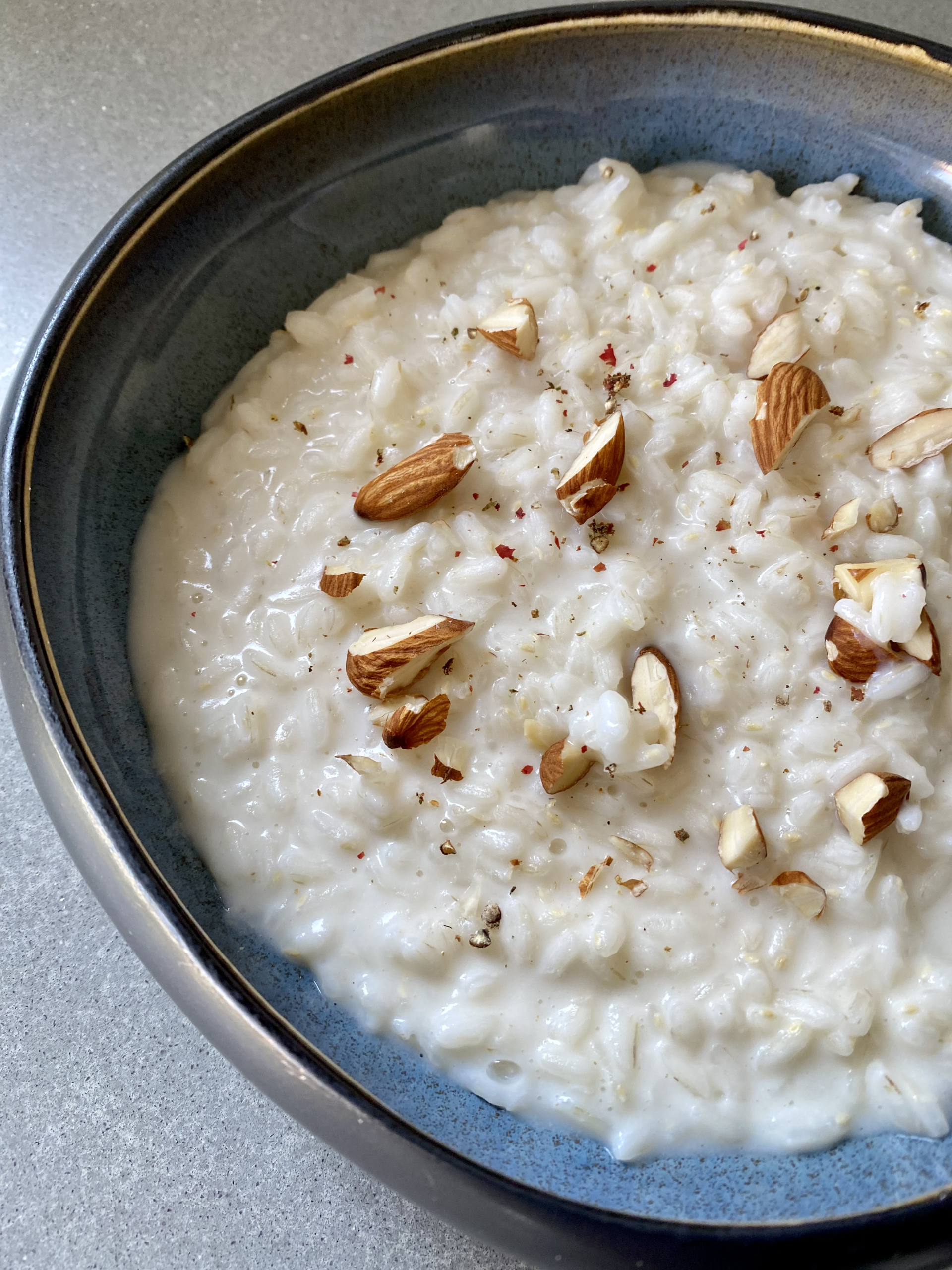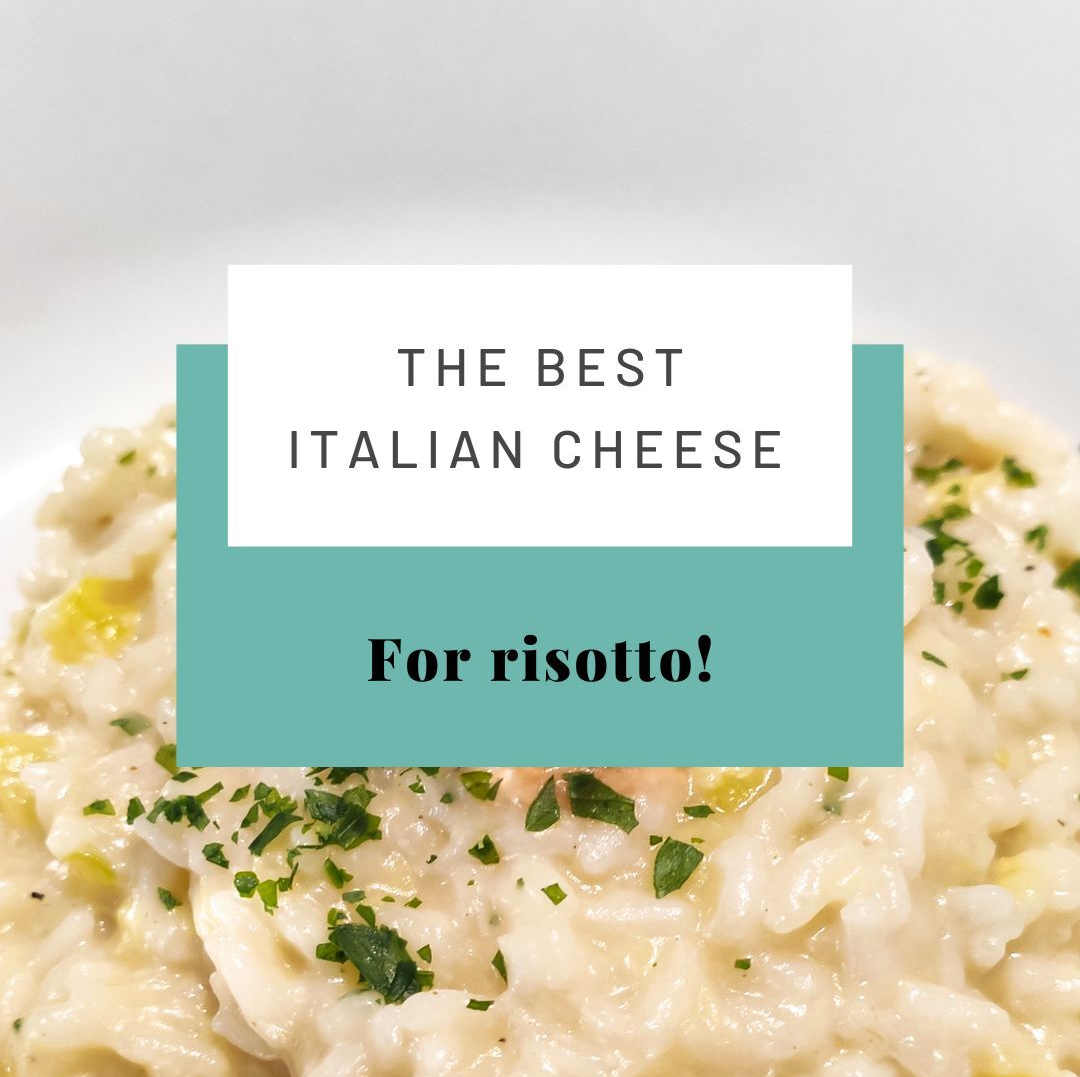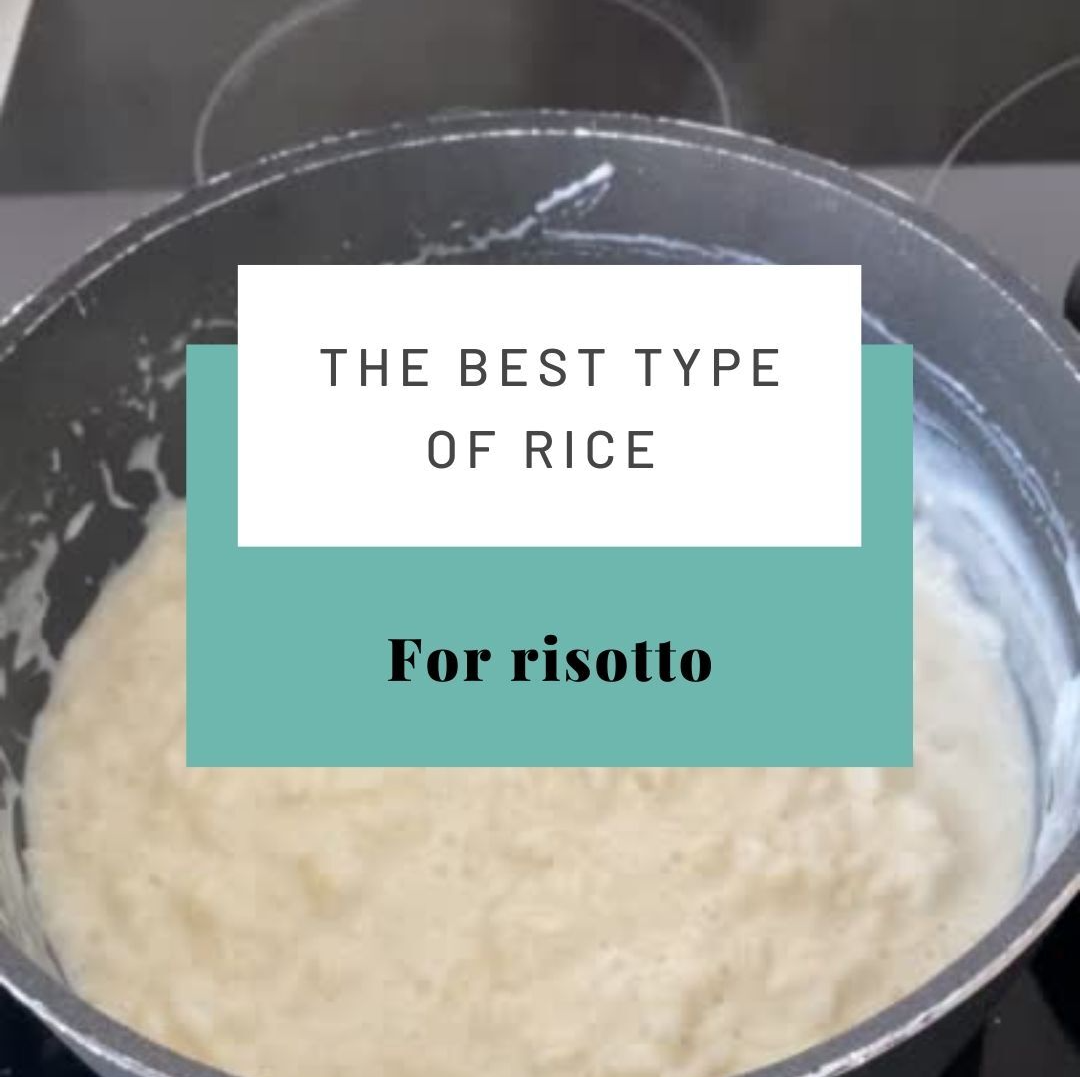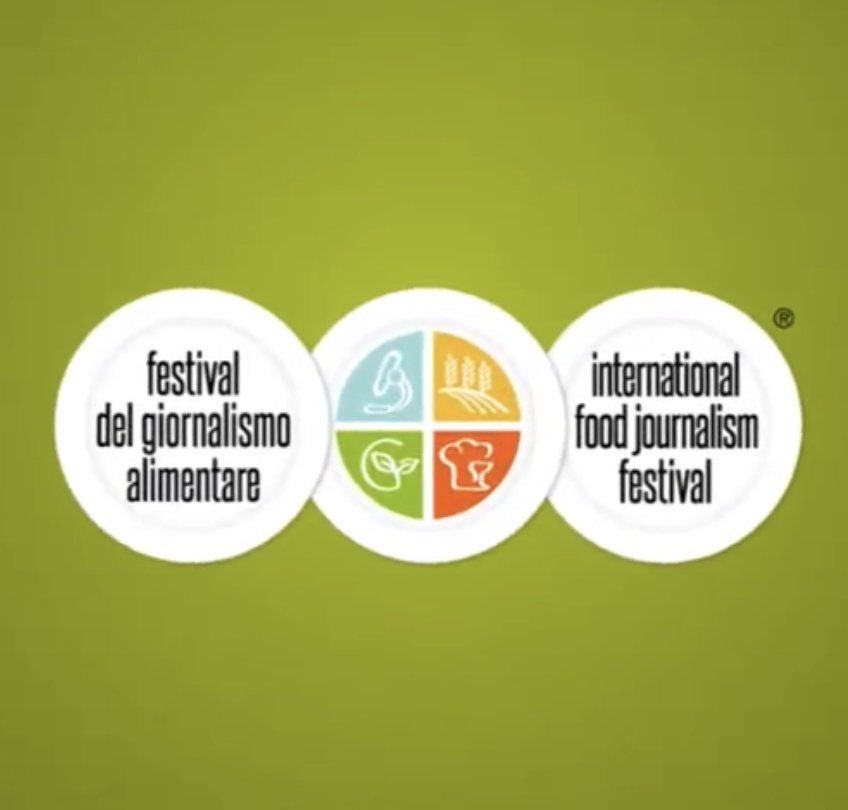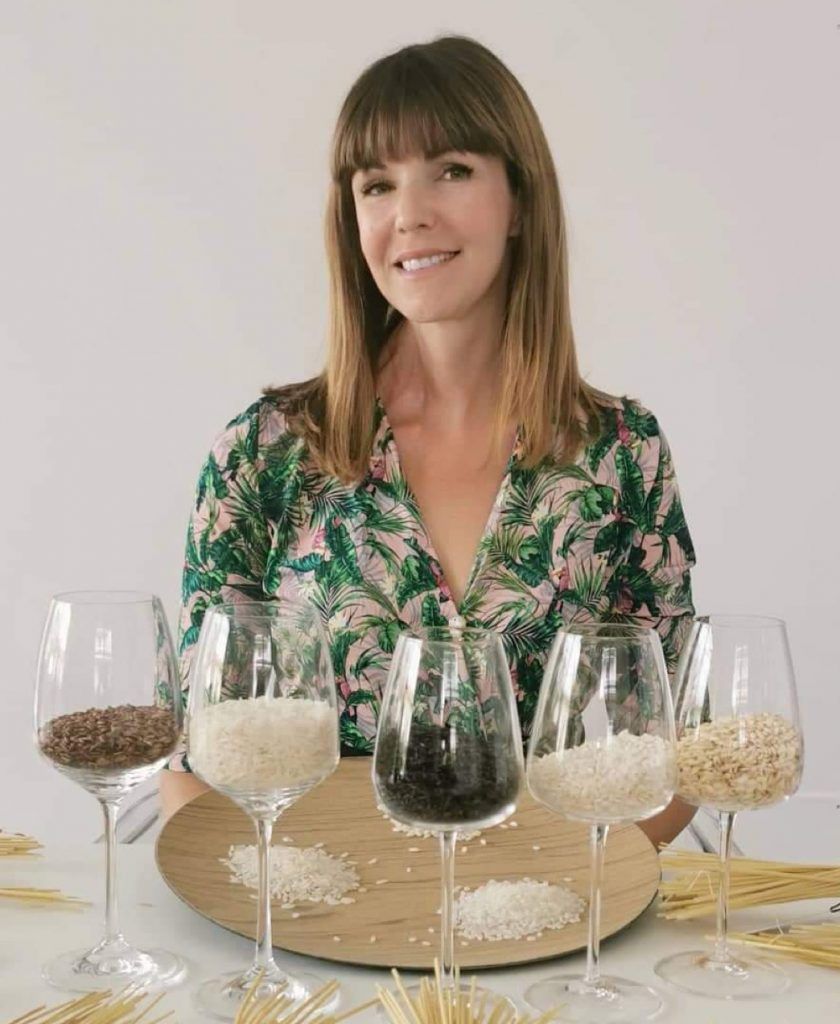What's risotto?
5 steps to prepare a fantastic risotto!
History of risotto.
The peculiarity of the risotto lies in cooking the rice directly in its sauce, until it is completely absorbed. The risotto recipe began to spread around the mid-nineteenth century, mainly in Piedmont and Veneto. But a way to consume the “grains” without reducing them into flour or without boiling them has always been practiced since Roman times. The risotto can be traced back to the culinary preparations attributable to the “panisse” or “panizze” which involved cooking the grains of cereals (and legumes) directly in fats and other condiments to mix all the ingredients without reducing everything to mush. The term “panissa” is still used in some regional recipes not always related to rice.
Here’s how to make risotto.
Risotto is a sort of culinary ritual that has its rigidly marked phases. And so, even if the technique for preparing risotto has often been revisited by various chefs, the traditional recipe includes four inevitable phases: toast the rice, add the wine, cook the rice (until the liquid is used up) and creaming.
1) The rice choice.
Choosing the right rice is essential to make risotto. Arborio, Carnaroli, Roma, Baldo, S. Andrea and Vialone Nano are the classic traditional rice, ideal for risotto.
2) Toast the rice.
In a saucepan, heat extra virgin olive oil. Pour in the rice and, keeping the fire brisk, mix with a wooden spoon. The lipids of the oil close the porous part of the grain, especially in the pearl, and any microfractures created during the processing of the rice. In this way, the starch contained within the grain is prevented from dispersing in the broth, determining its good cooking resistance.
3) Pour the wine.
The rice is salted and then blended with white or red wine depending on the preparation. The alcoholic part is allowed to evaporate before proceeding with cooking in the broth. In addition to giving flavor, the nuance allows you to degrease the rice after roasting in oil. If you opt for dry roasting you can avoid blending.
4) Cooking.
Proceed by pouring boiling liquid over the rice until it is covered.
- Cooking with broth. The broth differs according to the recipe: the vegetable broth forms a neutral base and is prepared with celery, carrot and onion. The meat stock is used for more structured risottos, while for fish-based recipes, fumet (prepared with fish carcasses) or bisque (prepared with shellfish shells) are used and both have a vegetable base.
- Cooking with water. To keep the flavor of the rice and ingredients unaltered, you can simply use boiling water. When boiling resumes, stir the rice and lower the heat. You can add more broth during cooking, stirring the risotto too much from time to time, to favor the release of starch, but not too much, to avoid breaking or crushing the grains.
5) Creaming.
The last step of preparing the risotto takes place with the flame out. Traditionally, cold butter cut into small pieces and grated Parmesan cheese are used. In general, fatty products favor the shelling of the grains, which remain separated from each other, but well blended in a sort of “cream” typical of risotto, due to the release of rice starch during cooking and the addition of creaming. As an alternative to butter, extra virgin olive oil can be used.
Tutti i diritti riservati | Valentina Masotti
Consulta la policy sulla Privacy
Nuovo paragrafo


